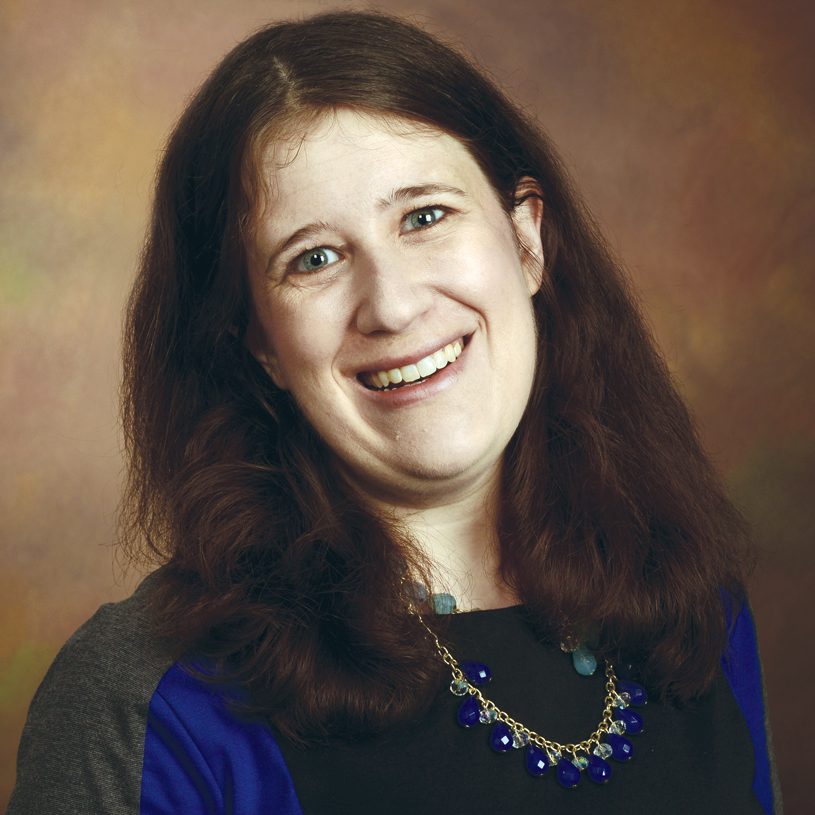
When I graduated from college and began interviewing for my first “real” job 15 years ago, my father urged me to find out if health insurance would be among the benefits. I landed a position at a newspaper, signed a few forms and blithely figured I would stay healthy and find good doctors. (Spoiler alert: I did not, and I did not.)
Quite simply, I didn’t know what I didn’t know. Call it the naivete of youth, but I suspect today’s millennial, along with his or her older coworkers, asks a lot more questions.
That’s why I found it interesting to hear about some of the best practices of Willis Towers Watson’s customers. In an employer survey released this week, the firm found that its top employers are paying 11% less per employee per year in healthcare costs than the average employer.
There are five points to how these companies became the best performers, but I wanted to drill down to the issue of enrollment decisions for skilled nursing facility executives. It may seem early, but trust me: Preparing for open enrollment should start months, if not a year, in advance, especially given all the other fall deadlines that will hit you this year, such as Phase 3.
“The right way to do it is to have people supported by good information at the time they make their enrollment decisions,” Trevis Parson, Chief Actuary, Health & Benefits North America at Willis Towers Watson, told me. This means more than a person in human resources doing a presentation: It’s having employees use an automated tool to estimate what their costs might be in the upcoming year.
“The enrollment tool may ask them about their personal health or their family members,” Parson said. “For example, understanding are there costs that are fixed for their medications, or other known costs. Based on an assessment of their health, it’s estimated that there may be a plan that is best.”
This blew my mind. While I am far wiser now than when I started my career, I’ve always assumed the onus is on the employee, not the employer, to figure out what plan they should choose. I also assume everyone stresses about this: As Parson said, “People do not go into enrollment season with a big smile on their faces.”
But for all of our consternation in recent years over the Affordable Care Act and health insurance options, we’ve rarely even asked the question of whether SNFs can do better in helping their employees make benefit decisions.
Specific to health insurance, Parson urges that the best employers want their staff to “have the ability to understand their own health and have metrics on that. How can we put as much valuable information to make a good enrollment decision? Our best performers will provide that information.”
While Willis Towers Watson has its own platform, and will help clients build out custom capability, the overall point for skilled nursing employers is to consider how much benefits tie into employee recruitment and retention.
I suspect long-term care facilities assume clinical staff, being in the field, have an understanding of what health insurance plan to choose. But there’s a big difference between knowing how to bill for reimbursement under Medicare and weighing how many hospitalizations your family will make in the upcoming year.
“When you don’t help them make the choice or they are out there on their own, you are missing a huge opportunity to improve the morale of their employee, and to help make the choice that is best for them,” Parson said.
Even for those who don’t want to invest in an automated system, there are some thoughts about making it more pleasant. Parson notes that employers should consider whether workers have enough access to the tools they need. For example, a company with a lot of people who are traveling, or those who are direct care staff, might need more time in order to sit down in front of a computer. Second, advance communications are a good idea, especially when there are new programs.
That would be refreshing: In my experience, asking about open enrollment details can be met with vagueness, if not hostility. As Parson said, “Good advance campaigns can be around things that are changing.”
Finally, it may feel as if the year has barely begun. But Parson urged that it’s time to think about 2020, especially if you think you will make bigger changes.
“These conversations are happening right now,” he said.
Follow Senior Editor Elizabeth Newman @TigerELN.




